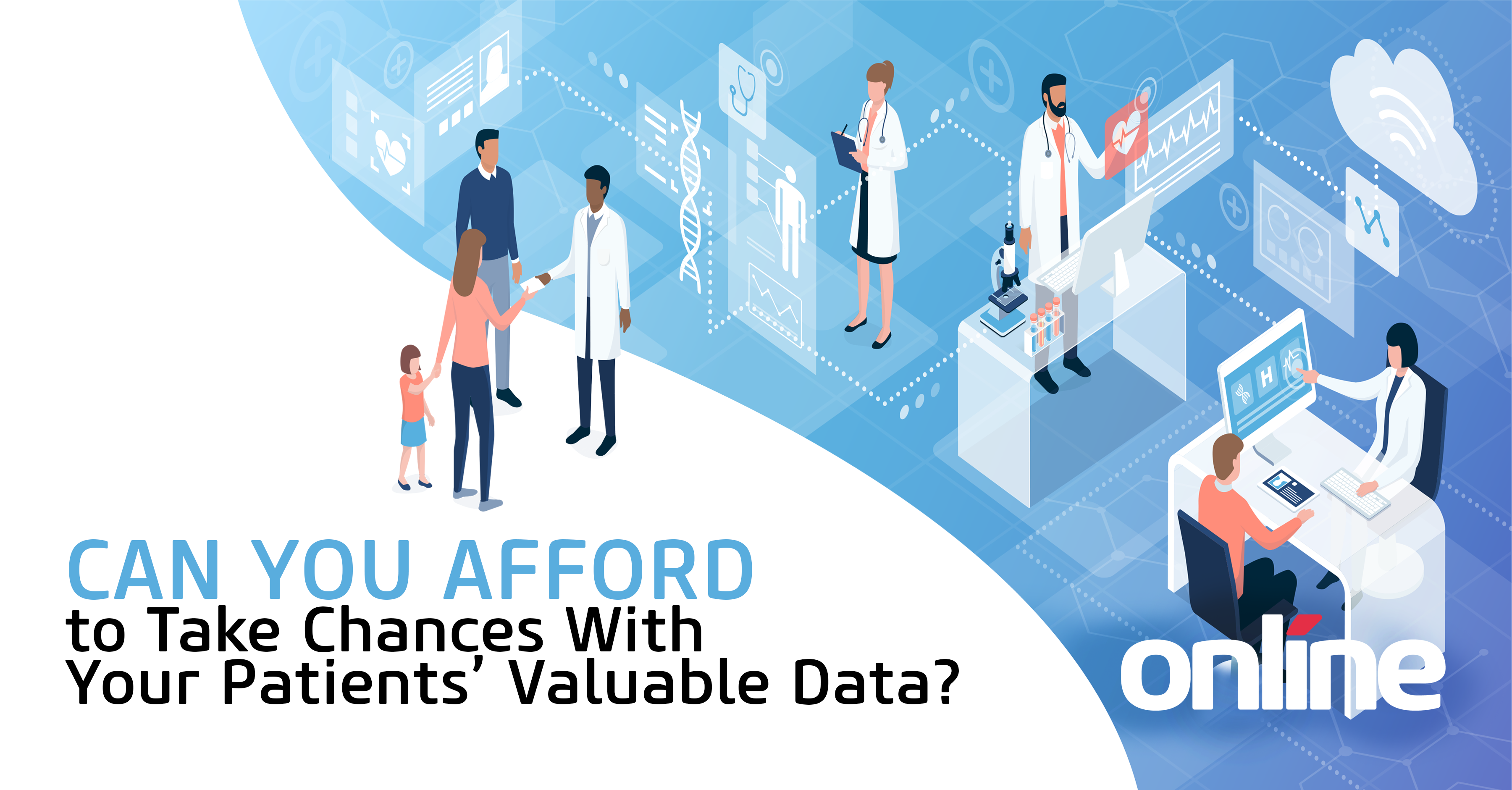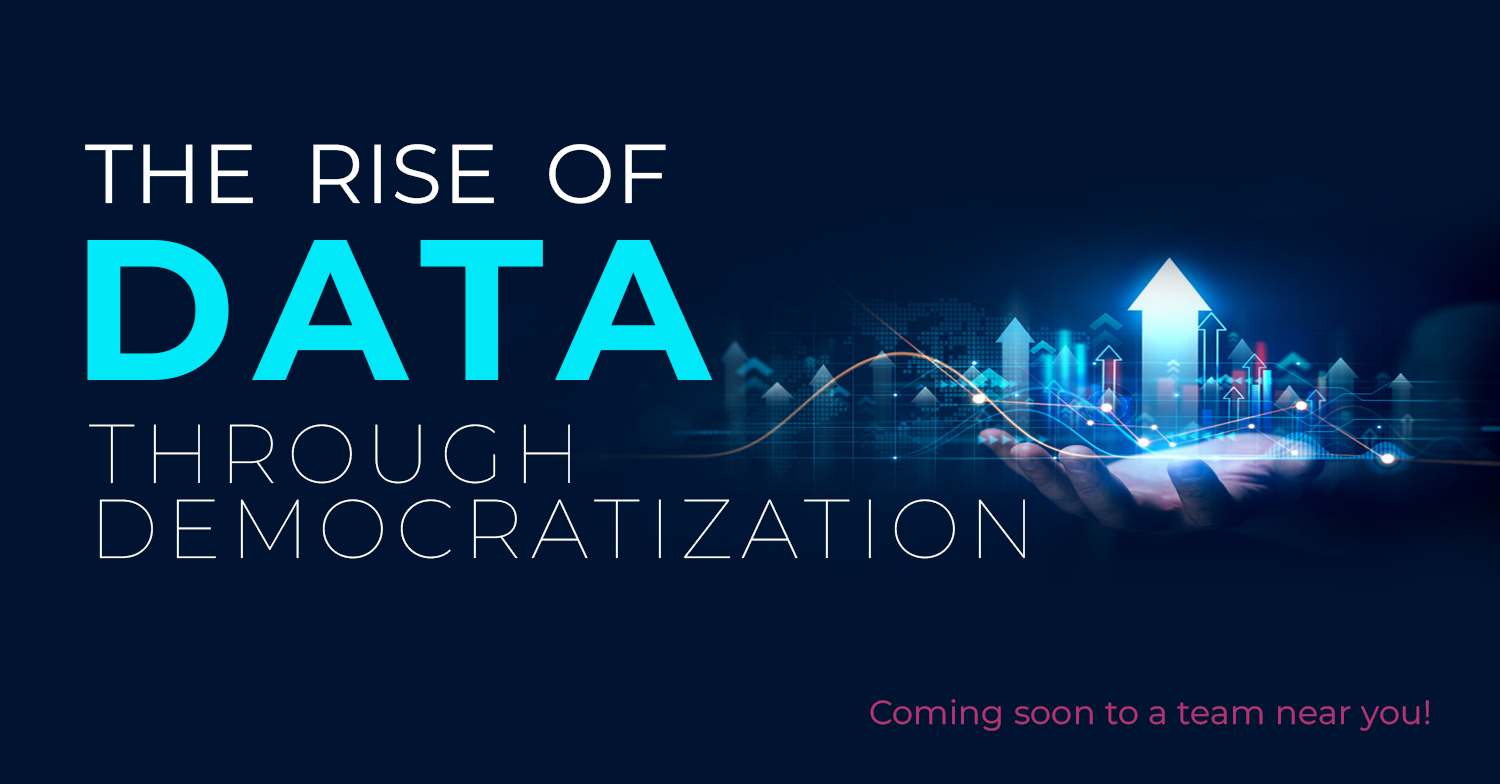About ten years ago I was part of a team working on a product that was an early attempt to capture a 360-degree view of the customer. Back then, the concept of a “360-degree view” of your customer was in its infancy – it was a new way of thinking. The industry understood that it was becoming more and more important to understand your customer’s journey.
When I shared this concept with our Clients, I would introduce it with a little story that I found best illustrated what we were trying to accomplish. This story still holds true today and has become my go-to way of talking about it.
When I was in school, I had a favorite café/bookstore. The proprietor was a fantastic guy, and he was always there. After my second time in he knew my name. By the fourth, he was confident in what I'd order and answering to "the usual?" was all it took for me to get my drink. If the shop was busy, I didn't even have to do that. I'd sit down and when he had a chance, he'd bring me a cup, often on the house.

When things were slow, he'd sit down, and we'd chat. That was when he started recommending books, after he got to know my tastes. He was usually spot on and I bought somewhere in the neighborhood of a hundred books in the couple of years I was at that school. Of course it wasn't just me. The guy had a mind like a steel trap and genuinely enjoyed what he did. He treated all the regulars that way. And his customers were deeply loyal and brought their friends and colleagues to that little shop.
Without knowing it, my friend, was delivering something today companies are all over the world are trying to make happen – an engaged, customer experience. The difference is of course one of scale and complexity – but the goal is the same, and their similarities between my favourite bookstore and business today:
My friend the barista/bookseller was the system.
He had the capacity to be sales and marketing, the system of record, the business decision engine and the customer interface all in one. He built up knowledge about his customers so he could provide personalized, quick, even proactive service. He tailored offers to me and didn't waste either of our time with things I had no interest in.
Of course there's no way we can replicate that kind of deep relationship in the mass market, but we should systematically get as close as possible for one simple reason.
Customers expect it.
The entire dynamic between retailers and customers has changed but no customer ever thinks to themselves “Oh, they’re a big company so it’s probably really hard for them to provide good customer service at that scale.”
Nope.
In a world where we get our goods from warehouses staffed by robots, if those products are even physical and not digital, customers still want the corner bookstore experience.
"A great customer experience is the result of a useful, easy, and enjoyable customer journey."
If we break it down to its most simple parts, creating an engaged customer experience boils down to four things:
1. Understand your customer
2. Understand your business
3. Build processes and systems that are mutually beneficial for your customer and your business
4. Continuously analyze and improve on 1-3
Think about those four elements in context of the bookstore – my friend nailed it. He got to know me, he knew what his business was about and he connected his services to my needs, adding more and more value over time.
What is probably the most cool, is that ten years ago when I was first telling my little story it was excruciatingly hard for us to help clients do those four things. The technology simply wasn’t ready, the systems weren’t integrated and business processes were too complicated.
Technology can help you meet and exceed customer expectations
Digital technology has enabled completely new customer journeys. "Especially big tech companies and startups deploy these technologies such that they change consumer behavior and continuously increase customer expectations. The Amazon Effect is a shining example of how Amazon.com takes advantage of technology to create high customer expectations for any retailer hoping to compete. The online retailer’s vast selection, fast shipping, easy returns, low prices, and premium subscription all serve Amazon’s goal to exceed customer expectations.
Today it is so much easier. Organizations are really embracing a customer engagement culture and the advances in technology and implementation methodologies are, frankly, astounding.
So when you hear people talking about customer experience, or customer engagement – which I’m sure you will – I hope you think my friend, the barista/bookseller from my favorite University haunt!
In an upcoming post I'm looking forward to sharing more about the way the world of customer engagement has changed and how we're able to do things faster, cheaper, and much better than ever before.





Submit a Comment